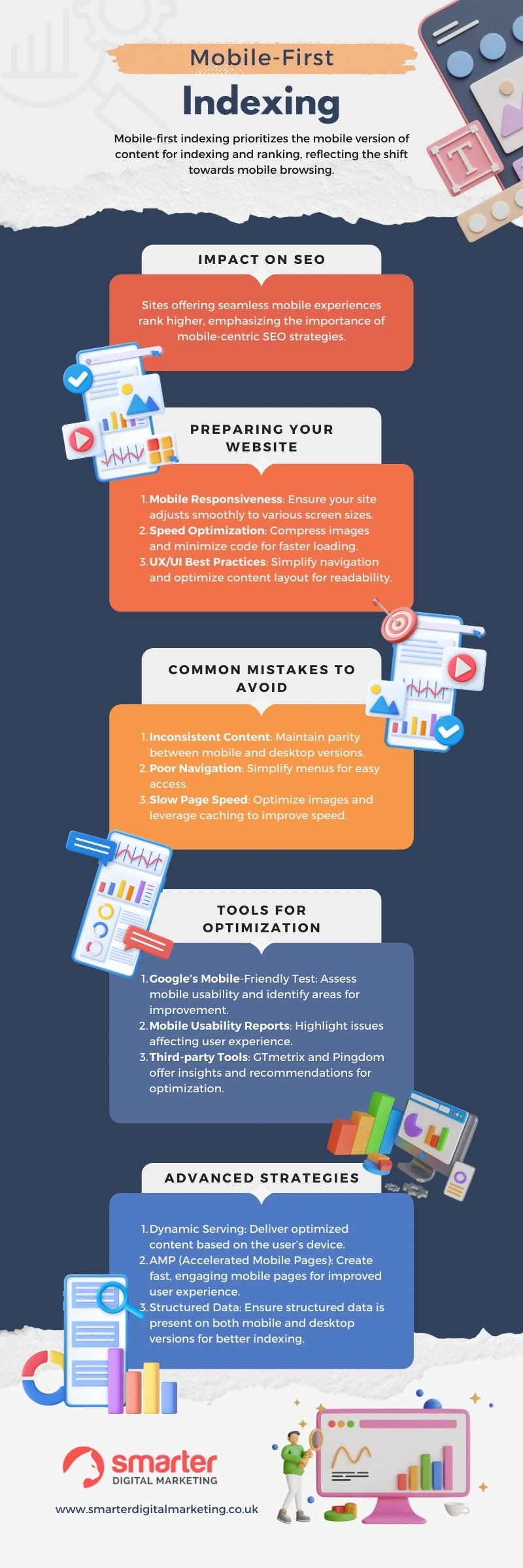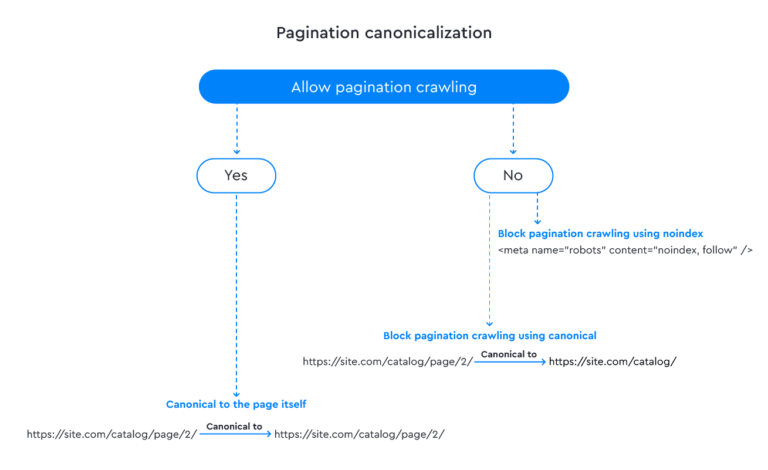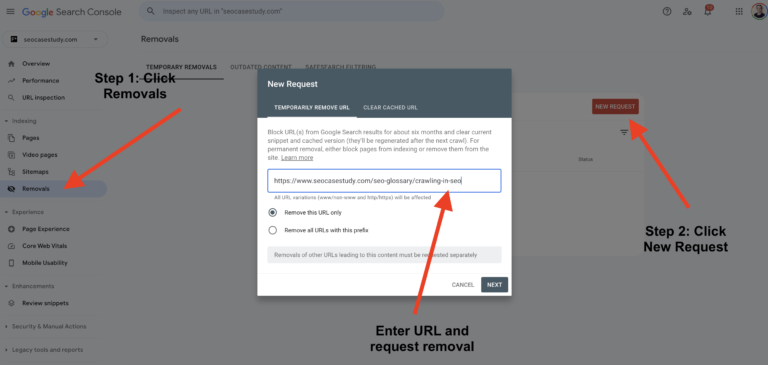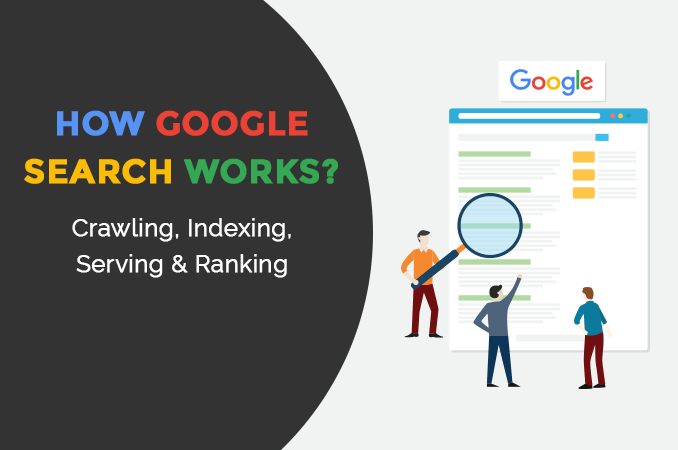AMP (Accelerated Mobile Pages) significantly improves website loading speed on mobile devices, which positively impacts indexing by search engines. Faster loading times lead to better user experiences, encouraging search engines to favor these pages in search results.
In today’s fast-paced digital world, the importance of quick-loading websites cannot be overstated. As more users rely on mobile devices for their internet needs, optimizing web pages for speed and efficiency has become crucial. Enter AMP, Google’s open-source initiative aimed at making the web better for all.
By streamlining the HTML code, AMP enables web pages to load almost instantaneously on mobile devices. This rapid loading not only enhances user satisfaction but also plays a pivotal role in how search engines index and rank websites. With search engines prioritizing user experience more than ever, implementing AMP can be a game-changer for your website’s visibility and performance in search results.

The Emergence Of Amp
In a mobile-first world, website speed is crucial. Users expect quick loading times. Slow pages lead to high bounce rates. Enter AMP – Accelerated Mobile Pages. This initiative redefines web performance. It ensures instant access to content. Let’s explore AMP’s roots and Google’s role in its development.
Origins Of Accelerated Mobile Pages
AMP started to improve mobile web. It aimed for faster page loads. The project’s goal was simple. Make mobile pages lightning fast. It uses minimal HTML and JavaScript. This allows pages to load quickly.
- Open Source: AMP is a community project.
- Speed: It focuses on speed and user experience.
- Lightweight: AMP pages use less data.
Google’s Role In Amp Development
Google played a big part in AMP. They launched it in 2015. Their goal was to enhance the web. Google supports AMP pages in its search results. They often load these pages faster.
| Aspect | Details |
|---|---|
| Integration | Google integrates AMP into its platforms. |
| Search Boost | AMP pages can rank better in searches. |
| Support | Google offers tools to create AMP pages. |
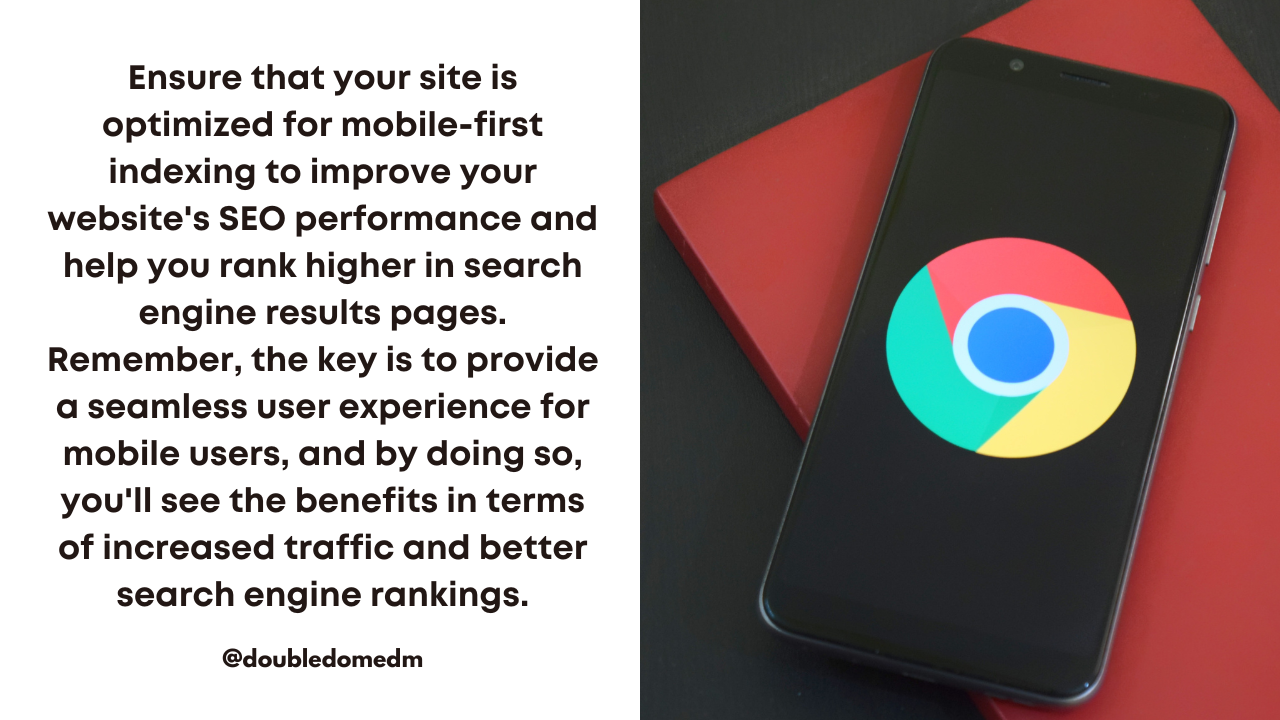
Essential Features Of Amp
Let’s dive into the Essential Features of AMP. These features make websites fast and easy for mobile users. Understanding them helps in better indexing and user satisfaction.
Amp Html: A Subset Of Standard Html
AMP HTML is like regular HTML but with some rules. It uses custom AMP properties. This makes the page load faster on mobile devices. Think of it as a diet version of HTML. It still looks good but loads quicker.
- Uses custom AMP tags
- Keeps web pages light
- Improves load times
Amp Javascript Framework For Fast Rendering
The AMP JavaScript Framework makes sure content loads quickly. It stops anything from slowing down the page. Only AMP-approved JavaScript is allowed.
- Ensures fast rendering
- Limits use of third-party JS
- Makes interactive content load faster
Amp Cache: The Speed Booster
AMP Cache acts as a speed booster. Google’s AMP Cache can store a copy of your web page. This means users get your content super fast. It’s like having a turbo-charged version of your page ready to go.
| Feature | Description |
|---|---|
| Stores pages | Keeps a copy for quick access |
| Improves performance | Makes pages load instantly |
Amp’s Impact On Page Speed
Accelerated Mobile Pages (AMP) boost website speed. Fast loading times improve user experience. Search engines favor quick-loading sites. AMP can give your website an edge.
Measuring Performance Gains With Amp
Use tools to track AMP benefits. Google PageSpeed Insights is popular. It shows how AMP improves load times. Metrics include First Contentful Paint (FCP) and Time to Interactive (TTI).
- FCP: When the first text or image loads.
- TTI: When the page becomes fully interactive.
AMP reduces server load. It uses cache systems for faster delivery. This means pages show up almost instantly.
Case Studies: Before And After Amp Implementation
Real-world examples show AMP’s impact. Sites often see lower bounce rates post-AMP.
| Website | Load Time Before AMP | Load Time After AMP | Bounce Rate Change |
|---|---|---|---|
| Site A | 8s | 2s | -35% |
| Site B | 6s | 1.5s | -40% |
These results are typical. Sites load four times faster on average. Users stay longer and engage more.

Indexing Benefits With Amp
AMP, or Accelerated Mobile Pages, brings major benefits to website indexing. These pages load faster and rank better. Let’s dive into how AMP can enhance your site’s visibility and indexing on Google.
Enhanced Visibility In Google Search
AMP boosts your site’s presence in search results. Fast-loading AMP pages catch Google’s attention. This leads to higher rankings. Users prefer quick access to content. With AMP, your pages serve up swiftly, pleasing both users and search engines.
Key benefits include:
- Faster loading times improve user experience
- Reduced bounce rate keeps users engaged
- Increased click-through rate from search results
The Carousel: A Prime Real Estate For Amp Pages
Google offers a top-of-the-page carousel for AMP pages. This feature is prime digital real estate. It showcases AMP content directly. Users see these pages first, boosting your visibility.
| Carousel Feature | Benefit |
|---|---|
| Top placement in search | More eyes on your content |
| Visual appeal | Attracts clicks |
| Mobile-optimized | Better user experience |
With AMP, your pages can dominate search results. The carousel becomes a powerful tool for driving traffic.
Seo Advantages Of Adopting Amp
The SEO Advantages of Adopting AMP are significant. This tech boosts site performance on mobile devices. Let’s explore how AMP can benefit your website’s SEO.
Improvements In Search Engine Rankings
AMP pages load faster. Google loves fast websites. This means better rankings. Sites using AMP often see a jump in their position on search results pages. A higher rank leads to more clicks and visits.
- Quick loading: AMP pages load instantly, impressing Google.
- Google’s favor: Google promotes AMP pages in mobile search results.
- Visibility boost: AMP pages often appear in special search result carousels.
Bounce Rate Reduction And User Engagement
AMP improves user experience. Fast pages keep users happy. Happy users stay longer. This reduces bounce rates. A low bounce rate positively impacts SEO rankings.
- Users enjoy faster page loads.
- They browse more pages per visit.
- User satisfaction increases, signaling quality to search engines.
Engagement goes up. Time on site increases. Both are key for SEO success.
| Aspect | Impact on SEO |
|---|---|
| Page Load Speed | Directly improves rankings. |
| Bounce Rate | Lower rate enhances SEO performance. |
| User Engagement | Higher engagement signals content quality to search engines. |
Adopting AMP can transform your site’s SEO. Fast, engaging pages win both in rankings and user satisfaction. Start using AMP today!
Challenges And Criticisms Of Amp
Accelerated Mobile Pages (AMP) aim to enhance mobile browsing. Yet, AMP faces challenges and criticisms. Let’s explore these aspects and dispel some myths.
Addressing Common Amp Misconceptions
AMP is not a ranking factor in itself. Many believe it boosts SEO directly. This is not true. AMP pages can load faster, which may improve user experience. User experience can influence rankings indirectly.
Another misconception is that AMP limits analytics tracking. AMP supports various analytics tools. Users can track visitor data effectively.
Navigating The Limitations Of Amp
AMP has certain limitations. Custom JavaScript is often not allowed. This restricts functionality. Websites must use a restricted set of AMP-approved HTML tags.
- Design customization can be challenging.
- AMP requires a streamlined CSS. This means simpler styles and less complexity.
- Dynamic content handling can be tougher with AMP.
Websites with complex features might find AMP restrictive. Still, AMP can offer faster loading times for basic content pages.
Amp For E-commerce And Advertisers
AMP for E-commerce and Advertisers is a game-changer. Sites load almost instantly. Users stay engaged. Conversions go up. Ads get noticed. Everyone wins.
Boosting Sales Through Faster Loading Times
Speed sells. In e-commerce, every second counts. AMP cuts load times. Sites open in a blink. Users love the speed. They browse more. They buy more.
- Instant page loads
- Lower bounce rates
- More page views
- Increased sales
Amp Ads: Driving Higher Ad Viewability And Click-through Rates
AMP ads stand out. They load fast. They’re hard to ignore. Users see them. Users click them. Ad performance skyrockets.
| AMP Ads Feature | Benefit |
|---|---|
| Fast-loading | More views |
| Eye-catching | More clicks |
| User-friendly | Higher engagement |
The Future Of Amp
The digital landscape is always changing. Accelerated Mobile Pages (AMP) have been a game-changer. They improve mobile web experiences. But what does the future hold for AMP?
Amp’s Evolution And New Features
AMP has come a long way since its launch. It started as a way to make web pages load faster on mobile. Now, it’s about creating rich, engaging content.
- Interactive elements: AMP now supports forms and polls.
- Dynamic content: Live lists for real-time updates are possible.
- Improved analytics: AMP helps understand user interactions better.
Developers now have more tools. They can create complex AMP pages that feel like apps.
The Role Of Amp In The Web’s Future
AMP’s role in web development is growing. Mobile-first indexing emphasizes the need for fast, responsive websites. AMP delivers this.
| Feature | Benefit |
|---|---|
| Instant Loading | Keeps users engaged |
| SEO Boost | Improves search rankings |
| Reduced Bounce Rate | Encourages more page views |
AMP pages ensure a seamless user experience. They also help with SEO. Google favors fast-loading pages. AMP is key for mobile search visibility.
Frequently Asked Questions
Does Amp Improve Website Indexing?
AMP can enhance indexing speed by streamlining content and improving page load times, which search engines favor, potentially leading to quicker inclusion in search results.
Will Amp Pages Rank Higher In Search Results?
While AMP itself is not a ranking factor, the speed and user experience improvements it offers can indirectly contribute to better search rankings due to Google’s emphasis on page experience.
How Does Amp Affect Mobile Search Visibility?
AMP pages often appear in special search features like the Top Stories carousel on mobile, increasing visibility and click-through rates for mobile search users.
Is Amp Mandatory For Seo Success?
AMP is not mandatory for SEO success, but implementing it can provide an edge in mobile search experiences, possibly improving bounce rates and user engagement.
Conclusion
AMP’s role in indexing is clear: faster load times enhance user experience and can boost SEO rankings. Embracing AMP technology is essential for mobile optimization and staying ahead in the digital space. Prioritizing AMP may just be the edge your website needs to excel in the competitive online arena.

